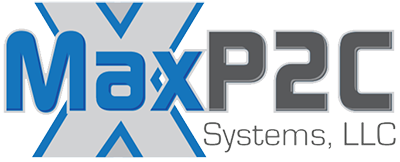Onda offers one of the largest selections of hydrophones to suit your needs. To provide the best mix of performance, 3 primary types are offered: the membrane hydrophone series, the needle hydrophone series, and the capsule (aka, “golden lipstick”) series. In addition, a number of accessories are available including amplifiers, adapters, and attenuators.
Hydrophones and Accessories
Fiber Optic Hydrophone (HFO-series)

The HFO was designed to uniquely support high intensity fields for applications such as HIFU, providing both acoustic pressure and temperature measurements simultaneously. The robustness of the fiber enables the system to withstand acoustic pressures up to 500 MPa. Operating with a visible wavelength makes the alignment process simple and safer to use.
PARTi – Particle Control and Monitoring Chamber
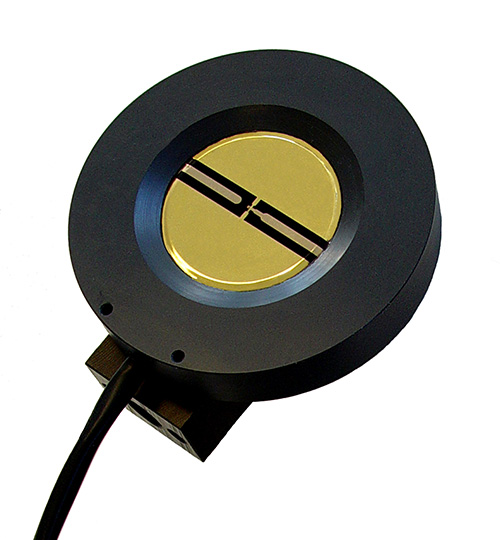
For most pulsed wave imaging applications that require a flat response over a broad bandwidth, membrane hydrophones are the recommended choice. With their uniform sensitivity these devices provide accurate reproduction of a pulse including harmonic distortion up to 45 MHz. The single membrane HMA model has a traditional laminar construction that does not significantly affect the wave as it interacts with the device. The backed membrane HMB model has additional ruggedness because of its lossy backing. Because the backing is designed to match the properties of water, it also does not affect the acoustic wave under normal amounts of energy for imaging applications. However, under high intensity fields (e.g., lithotripsy applications), blisters may generate in the backing and damage the hydrophone.
Needle Hydrophones (HN-series)

Because needle hydrophones inherently have a good reflection profile, they are well suited for continuous wave applications where interference patterns can arise. The ceramic-based HNC models have the most sensitivity for their size, but their frequency response is less flat. The polymer-based HNP model have a smoother frequency response, with about 10 dB less sensitivity for a given size. The main advantage of the HNR needle hydrophones is that they are rugged. They are typically used to measure fields for industrial applications and other high intensity fields. The HNA model was designed to measure HIFU acoustic fields, suitable to measure multiple bursts of high pressure. Its ruggedness allows measurements inside tissues and phantoms.
Capsule or “Golden Lipstick” Hydrophones (HGL-series)
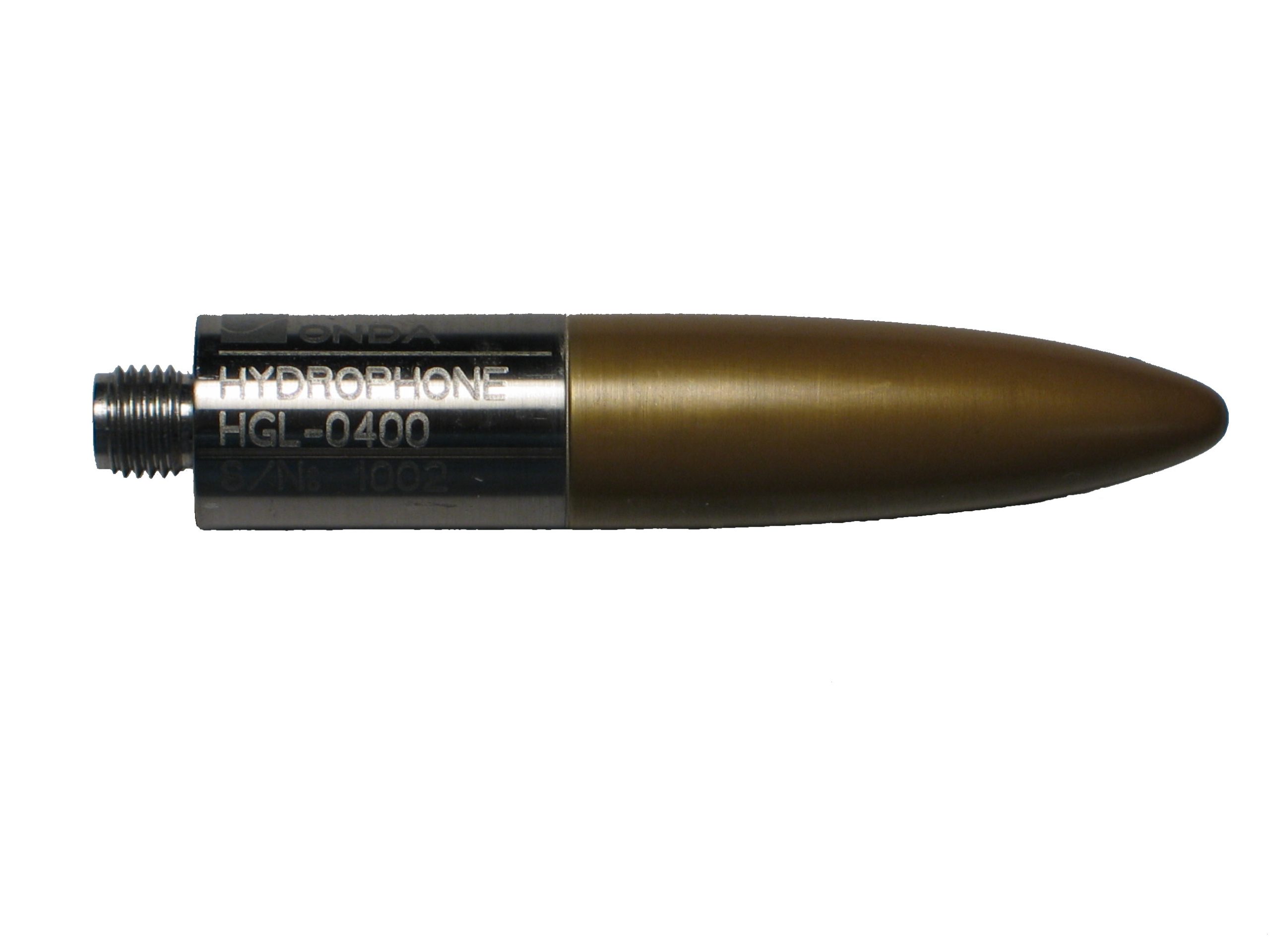
The unique HGL design bridges the gap between membrane and needle hydrophones. It has an extremely flat sensitivity similar to membrane devices, yet it does not have a reflection profile that affects the acoustic field. These traits lead the HGL series to be universally used for both pulsed and continuous wave applications. Furthermore, the HGL hydrophone can support measurements of transducers with difficult access from its probe shaped construction. The design also allows smaller tip apertures for higher spatial resolution.
Cleaning Tank Hydrophone (HCT-series)
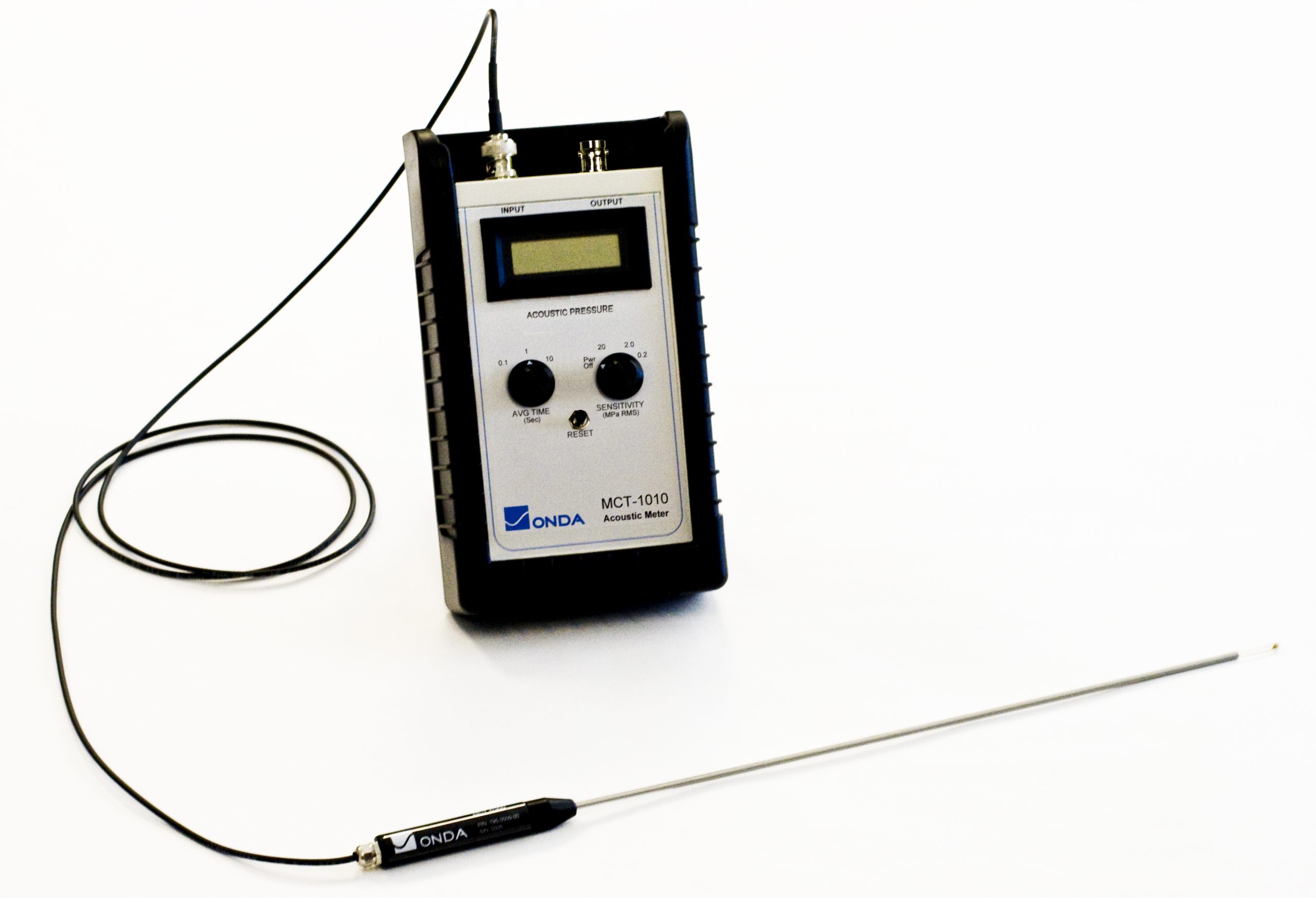
The HCT hydrophone is a unique single-point hydrophone that enables true 3-dimensional acoustic mapping for ultrasonic and megasonic cleaning systems. It is coupled with an handheld acoustic meter (MCT) to easily determine the pressure uniformity within a cleaning system. The requirements of the HCT was shaped by semiconductor and data storage suppliers, who demanded a trustworthy measurement instrument to optimize their cleaning process and ultimately improve their particle removal efficiency.
ONDA Acoustic Caviation Meter
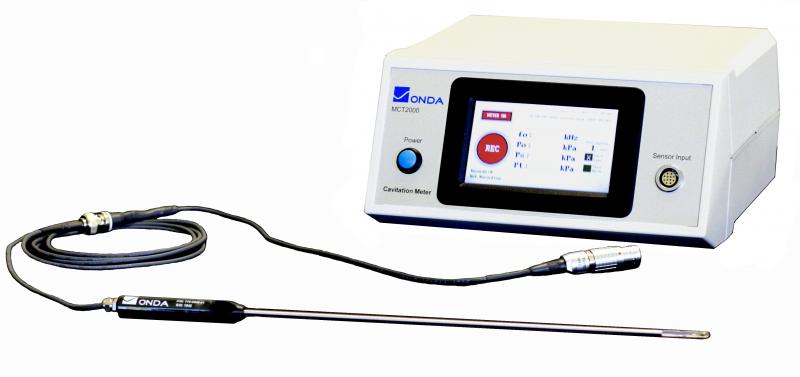
The advanced MCT-2000 acoustic cavitation meter addresses the critical need to quantify the cavitation performance used in ultrasonic cleaning and sonoprocessing applications. Coupled with a calibrated HCT-0310 hydrophone, four key parameters are determined instantaneously :
Fundamental Frequency, FO
Direct Field Pressure, PO
Stable Cavitation Pressure, PS
Transient Cavitation Pressure, PT
This is done by analyzing the calibrated acoustic spectrum which captures different pressure components. Mechanical sound waves induced by transducers oscillating at the fundamental frequency generate the direct field pressure. Rapid changes in pressure within the liquid create cavities or “cavitation”. Stable cavitation represents a cavity oscillating in size and shape, resulting in micro-streaming effects. Transient cavitation occurs beyond a pressure threshold, where the cavities collapse creating jetting effects and shockwaves.
